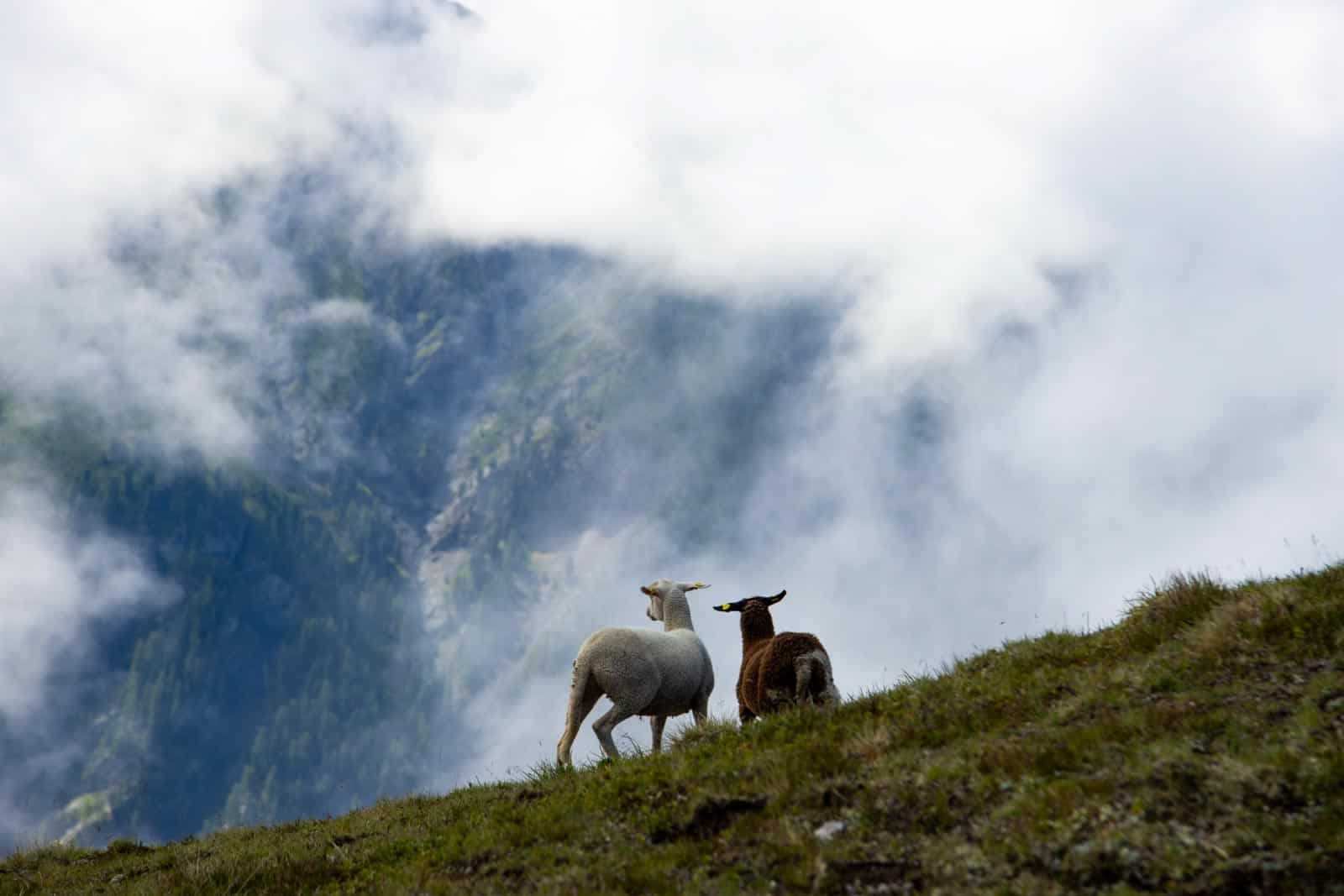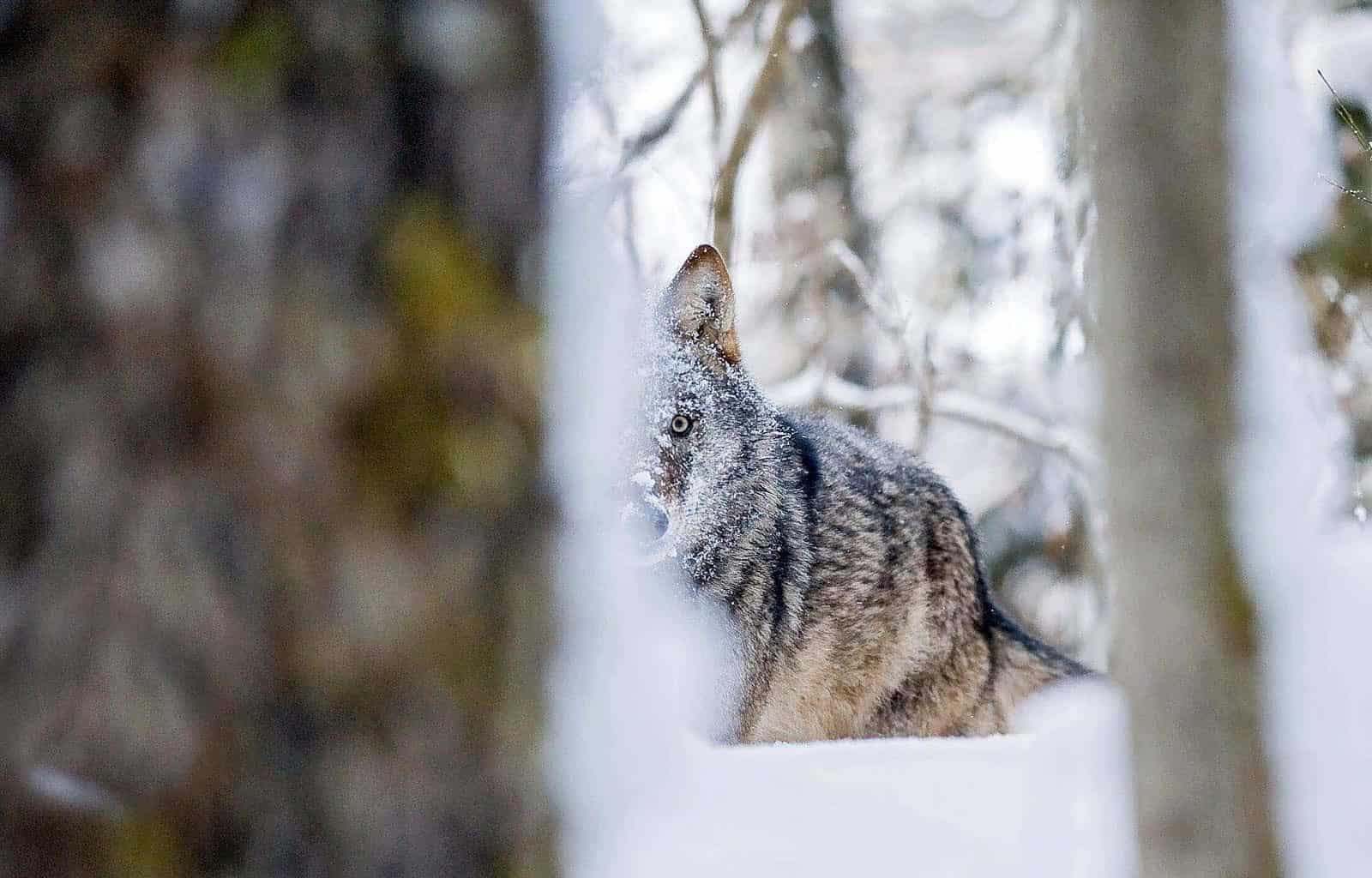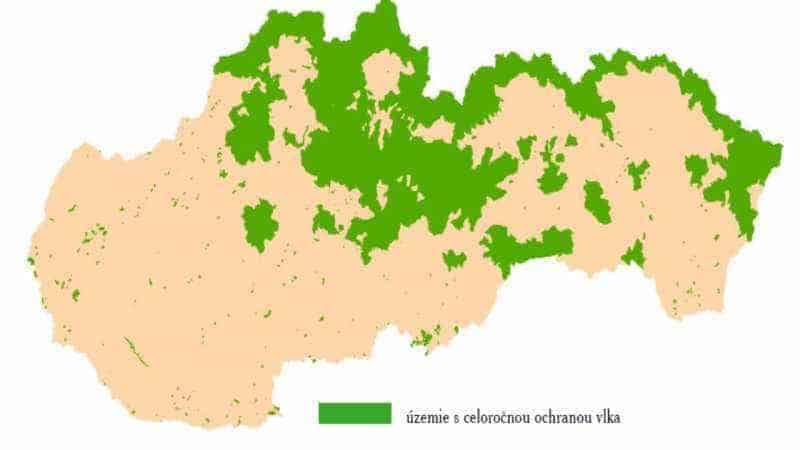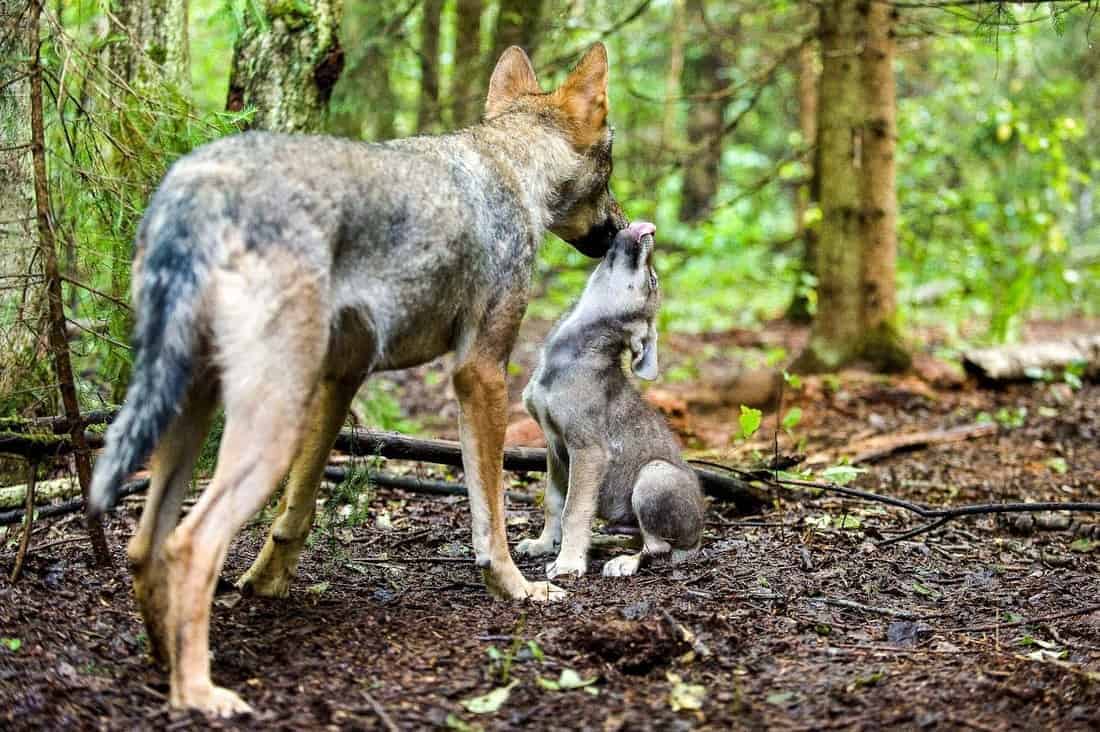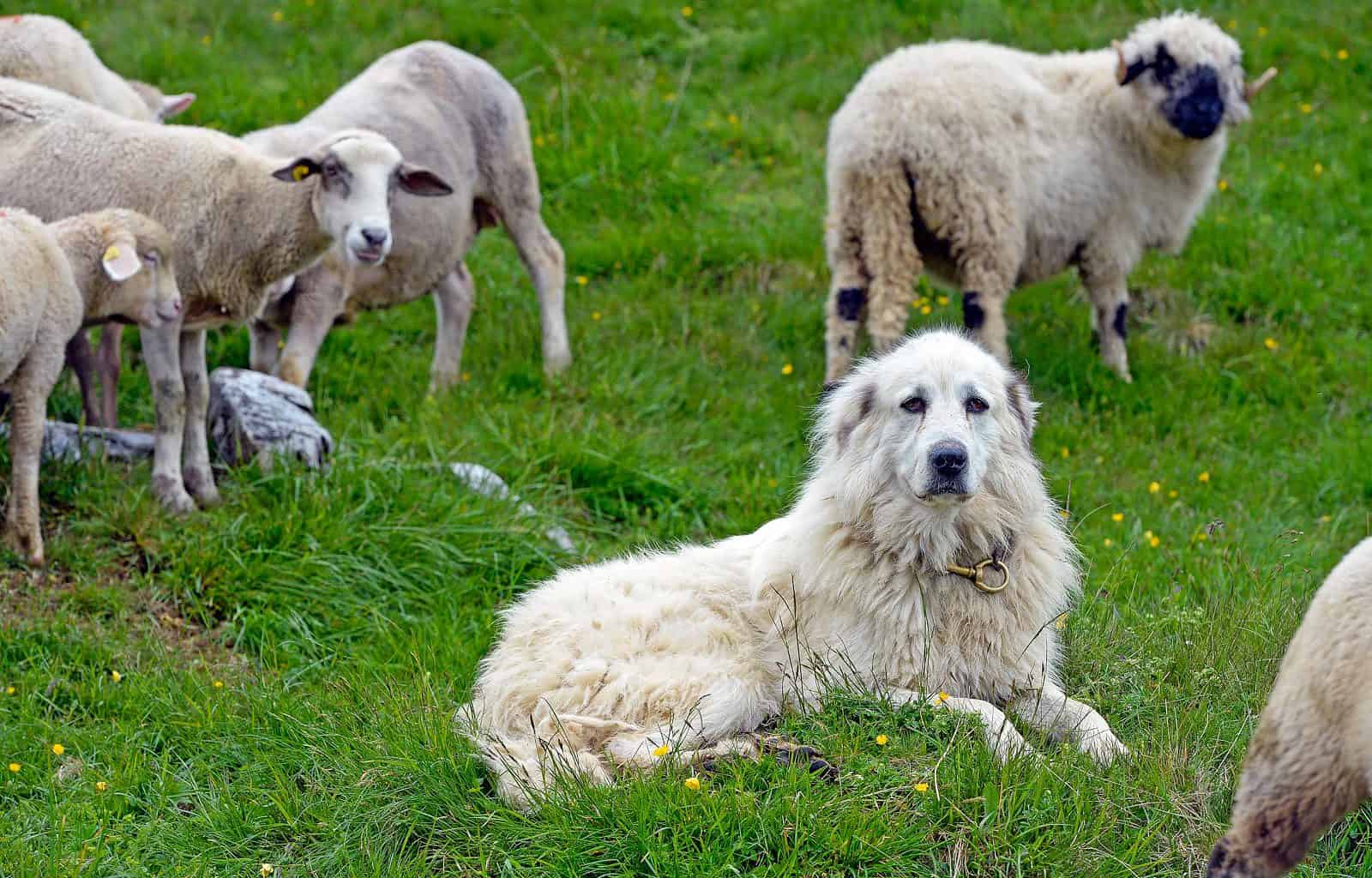Natural vs. man-managed grazing. Part 2
The situation when the natural grazing was only way of grazing has dramatically changed, when human pop-up on the scene. His activities significantly changed impact of the wild native large herbivores on the ecosystems. Main reason for that was domestication of several herbivore species, such as goats, sheep and later on also cows and horses.
Appearance of agriculture
With the appearance of human number and impact of animals grazed on natural grassland ecosystems such as natural meadows, wetlands, but also alpine meadows above natural tree line, gradually, but very significantly, increased.
Simultaneously with increase of the domesticated wild herbivores, the dramatic decline of native large carnivores and herbivores happened.
Man grazed animals since the beginning of agriculture. The first signs of sheep and goats’ domestication by nomads are reported before the first permanent settlements, around 7000 BC.
Besides highly positive benefit of grazing for man (grazing provided the food) the livestock grazing contributed also to many negative effects on the environment. This includes extensive deforestation, extinction of native wildlife, pollution of streams and rivers, overgrazing, soil degradation and erosion, desertification, and disturbances of ecosystem stability.
The benefit of man-managed grazing
While applying man-managed grazing, domestic livestock are allowed outdoors to roam around and consume wild vegetation. In this process they convert the otherwise indigestible cellulose within grass and other forage into meat, milk, wool and other animal products, often on land, unsuitable for arable farming.
Man-managed domestic livestock grazing become, and still is, an extremely important activity, providing livelihood to enormous amount of people. It is estimated that globally for around 100 million people, particularly in arid areas, grazing livestock is the only possible source of livelihood.
In nowadays long-term objective of the man-managed grazing is to get as close as possible to the results of the natural grazing. This means to reduce wherever possible negative impact such as overgrazing, ground erosion, bringing non-native, aggressive or invasive species.
Man-managed grazing in Europe
Man-managed grazing in Europe has a long history and tradition. Since then, man has many times tendency to put more livestock on the land of natural pastures and even more on land which has been cultivated.
The process of cultivation very often resulted that the forest was removed from large areas, wetlands were drained and in the mountains tree line dropped down 200 – 400 meters. This all reduced ability of land to provide water, prevented soil erosion, maintained favourable microclimatic condition, supported spontaneous dynamic of biodiversity.
Therefore, there are currently large areas throughout the Europe, which has been overgrazed for centuries. In these areas, the land lost significant part of its productivity, water catchment capacity and also biodiversity.
In the last decades, with all lessons learned during last centuries, livestock grazing is implemented in much more sophisticated way. Issues of pastures carrying capacity and zonation becoming more and more common. This approach has ambition to prevent negative impact of overgrazing.
Author and webinar
This information was prepared by our expert Vlado Vancura in the framework of BioDiv project. More information on this topic you can obtain, by listening German-English webinar here.




